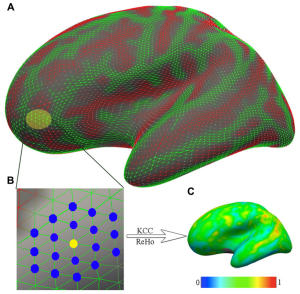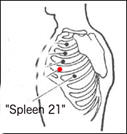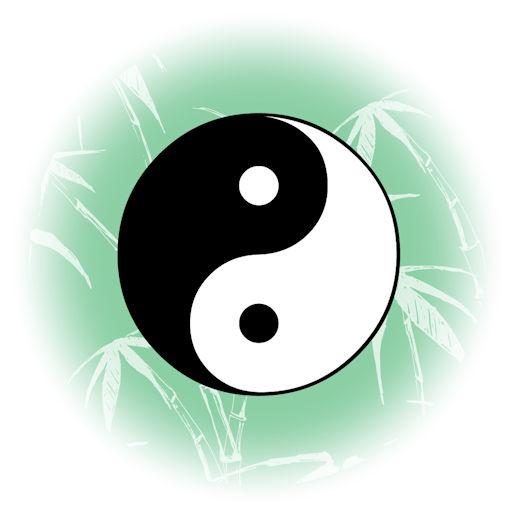Articles (published by outside sources)

Brain, Toes, and Fingers: Clues About How They Connect
This article points to several conclusions on brain organization that help explain Tai Chi Chuan body mechanics and in fact, all athletic human movement.
We live with gravity and use the ground to support our movement. But our goals for martial arts and other sports take place in the air. For these reasons, toes and fingers, and their connection, are important to understand.

Tai Chi Increases Brain Size and Benefits Cognition in Randomized Controlled Trial of Chinese Elderly
Scientists from the University of South Florida and Fudan University in Shanghai found increases in brain volume and improvements on tests of memory and thinking in Chinese seniors who practiced Tai Chi three times a week, reports an article published in the peer-reviewed Journal of Alzheimer’s Disease.

Tai Chi Chuan exercise related change in brain function as assessed by functional near-infrared spectroscopy
TCC has been shown to reduce anxiety and depression. However, the mechanism of the effects of TCC training on brain function remains poorly understood, especially in real-time body movements. Therefore, it is necessary to study the change in brain function related to TCC movement state.

11 Ways Tai Chi Can Benefit Your Health
Reduces stress Improves mood Better sleep Weight loss Improves cognition Improves balance Fibromyalgia COPD Parkinson’s Heart disease Arthritis Takeaway What is tai chi? Tai chi is a form of exercise that began as a Chinese tradition. It’s based in martial arts, and involves slow movements and deep breaths. Tai chi has many physical and emotional

Tai Chi Chuan optimizes the functional organization of the intrinsic human brain architecture in older adults
Compared to a control group, the Tai Chi Chuan (TCC) experts had improved functional specialization in the left ACC and improved functional integration in the right PosCG. These findings provide support for beneficial effects of TCC on cognition, behavior and health.

Slow motion of Tai Chi Chuan—William C. C. Chen
June 12, 2018 The awareness center of brain is located on the top of the back head in Chinese medical chart named “Baihui” (百會- the hundred gatherings, which is a place to receive information and processing.) and the western’s indication is an “Antenna”. Raising the alertness in the brain from spinal cord without muscle tension
